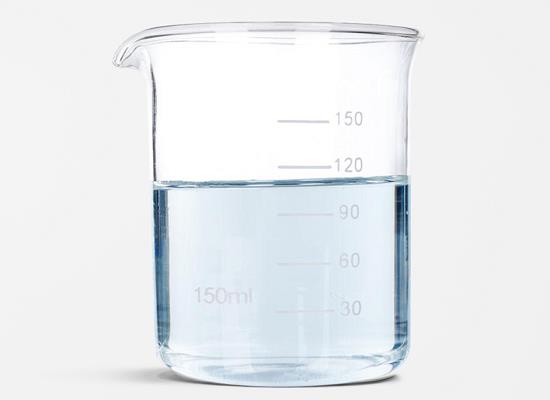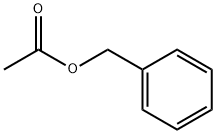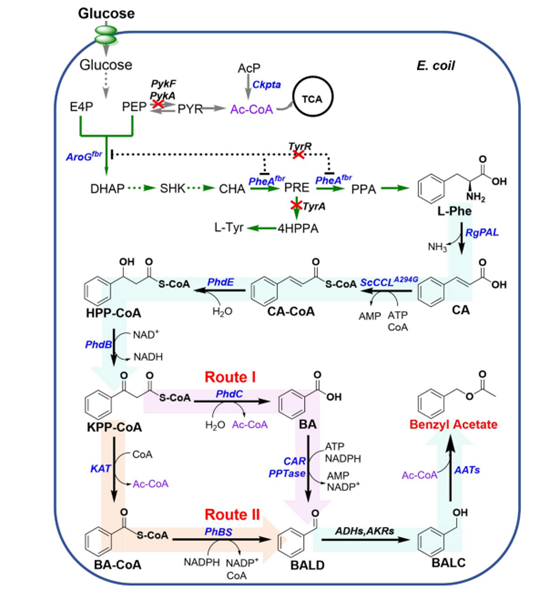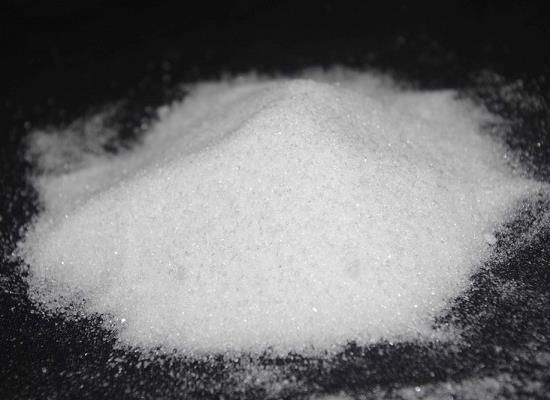Benzyl Acetate: Physical Properties, Usages and Toxicity
General Description
Benzyl acetate is a colorless to pale yellow liquid known for its floral odor, making it popular in perfumes and various products, including cosmetics, household cleaners, and detergents. Its physical properties include a boiling point of 216 degrees Celsius and low water solubility, which influence its applications. While benzyl acetate is widely used, it also exhibits notable acute toxicity, with reported lethal dose fifty (LD50) values around 2.0 to 4.0 grams per kilogram in animals. Additionally, dermal studies indicate low toxicity, and inhalation exposure shows no significant adverse effects, highlighting the need for proper handling precautions.

Figure 1. Benzyl acetate
Physical Properties
Benzyl acetate is a colorless to very pale yellow liquid known for its distinctive floral odor, making it a popular choice in perfumes. The physical properties of Benzyl acetate include a boiling point of 216 degrees Celsius and a flash point of 195 degrees Fahrenheit, indicating its volatility and flammability. The specific gravity of Benzyl acetate ranges from 1.054 to 1.058 at 20 degrees Celsius, and from 1.052 to 1.056 at 25 degrees Celsius, reflecting its density compared to water. Its refractive index is measured at between 1.501 and 1.504 at 20 degrees Celsius, which provides insight into its optical properties. Benzyl acetate also exhibits low water solubility, calculated at 1605 milligrams per liter, influencing its applications in various formulations. Furthermore, the vapor pressure of Benzyl acetate at 25 degrees Celsius is 0.187 mm Hg, reinforcing its volatility. Overall, the physical properties of Benzyl acetate make it suitable for various industrial uses. 1
Usages
Benzyl acetate is widely utilized as a key fragrance ingredient in a variety of products, enhancing their scent profiles. This compound is commonly found in decorative cosmetics, fine fragrances, shampoos, and toilet soaps, where its floral aroma adds appeal. In addition to cosmetic applications, benzyl acetate is also present in non-cosmetic products such as household cleaners and detergents, demonstrating its versatility. Naturally, benzyl acetate occurs in cloves and chamomile, which contribute to its pleasant fragrance. The global usage of benzyl acetate is significant, exceeding 1000 metric tons annually. This substantial demand highlights its importance in the fragrance industry. Surveys conducted by the International Fragrance Association and the Research Institute for Fragrance Materials have documented this extensive application of benzyl acetate in fragrance oils, confirming its prominent role in the formulation of various consumer products. Overall, benzyl acetate's unique scent profile and widespread utility make it invaluable in both cosmetic and non-cosmetic formulations. 2
Toxicity
Acute Toxicity
Benzyl acetate exhibits notable acute toxicity as demonstrated in various studies. In oral studies, Graham and Kuizenga reported a lethal dose fifty (LD50) value of 3.69 grams per kilogram in rats, with 30 subjects involved. Clinical signs of toxicity during a 14-day observation period included piloerection, muscle incoordination, progressive paralysis of hind limbs, convulsions, and dyspnea. Similar findings were established in rabbits, where an LD50 value of 2.64 grams per kilogram was reported, also showing clinical signs such as prostration before death. In further studies, benzyl acetate displayed an LD50 of 2.49 grams per kilogram in young adult Osborne–Mendel rats, with observed depression leading to mortality occurring between four hours and three days post-administration. Various tests indicated that benzyl acetate’s LD50 is generally estimated to be between 2.0 and 4.0 grams per kilogram, underlining its potential hazards when ingested. 2
Dermal and Inhalation Toxicity
The toxicity of benzyl acetate has also been explored through dermal and inhalation studies. In a dermal application involving three rabbits at a dose of 5.0 grams per kilogram, all subjects survived, indicating an LD50 greater than 5.0 grams per kilogram. Conversely, inhalation studies involving Sprague–Dawley rats revealed no mortality or clinical signs of toxicity when exposed to benzyl acetate at a maximum concentration of 766 micrograms per liter over a four-hour duration. The lowest lethal concentration over this exposure was established as greater than 766 micrograms per liter. Exposure simulations indicated that peak particle mass concentrations of benzyl acetate aerosols were considerable, reaching between 800 and 1000 micrograms per cubic meter in controlled settings. These findings emphasize the significance of proper precautions when handling benzyl acetate, especially in concentrated forms. 2
References:
[1] D. MCGINTY. Fragrance material review on benzyl acetate[J]. Food and Chemical Toxicology, 2012, 50: S41-S516. DOI:10.1016/j.fct.2012.02.057.Related articles And Qustion
Lastest Price from Benzyl acetate manufacturers

US $0.00/KG2025-04-21
- CAS:
- 140-11-4
- Min. Order:
- 1KG
- Purity:
- 99.0%
- Supply Ability:
- 1000KG/month

US $10.00/kg2025-04-21
- CAS:
- 140-11-4
- Min. Order:
- 1kg
- Purity:
- 99%
- Supply Ability:
- 100 mt



